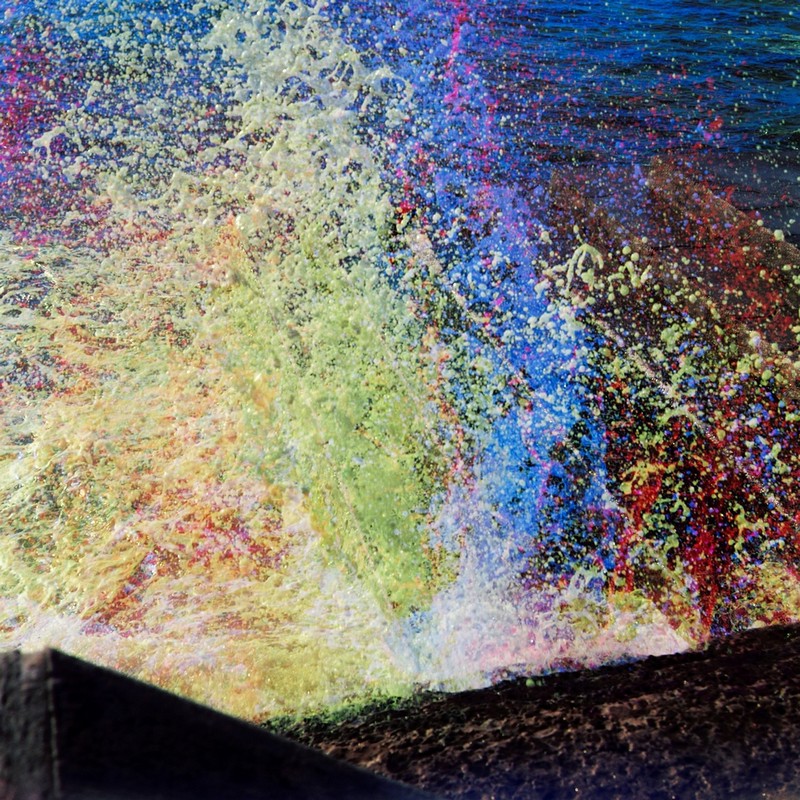seany65
Well-known
Hello all,
I'm aware that doing multi-exposures on a single frame will lead to over exposure if you use the original exposure reading for each shot, which means you should deliberately under-expose, but if we want to do two shots on one frame do we under-expose both shots by one top or just the second shot? What about a third or even fourth shot?
Any help would be much appreciated.
I'm aware that doing multi-exposures on a single frame will lead to over exposure if you use the original exposure reading for each shot, which means you should deliberately under-expose, but if we want to do two shots on one frame do we under-expose both shots by one top or just the second shot? What about a third or even fourth shot?
Any help would be much appreciated.


